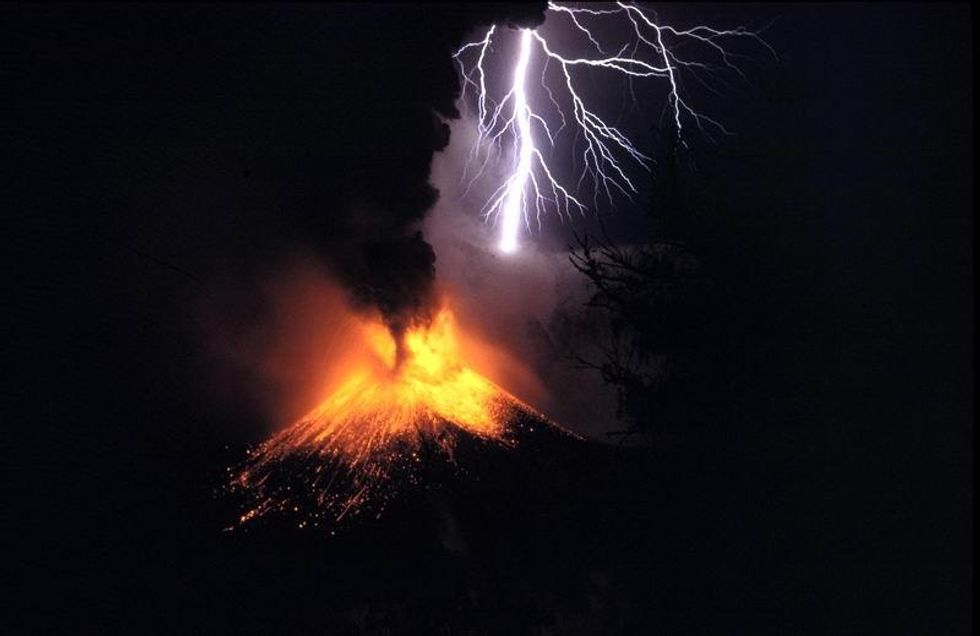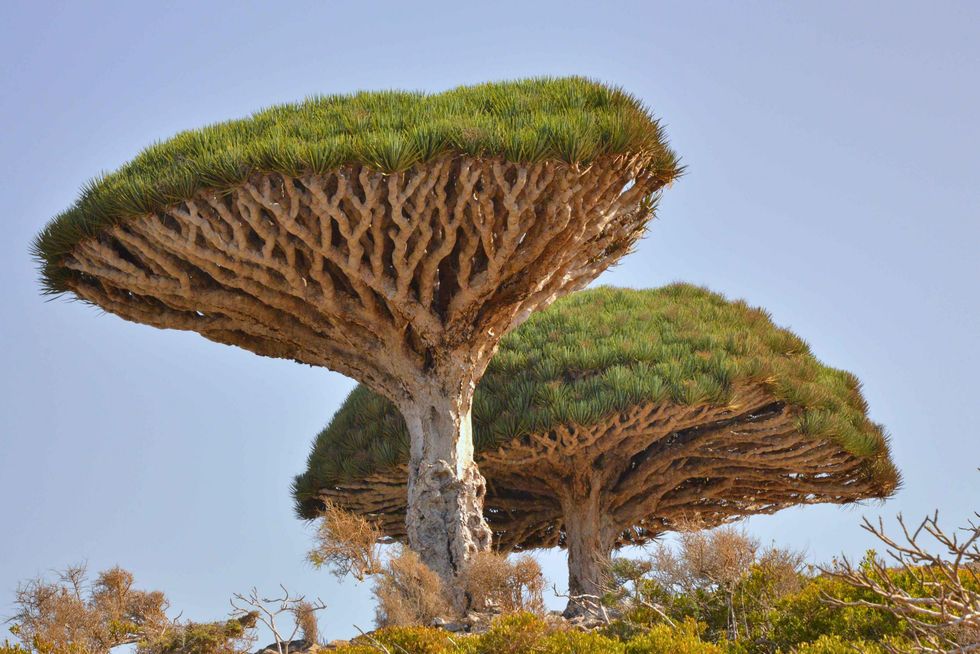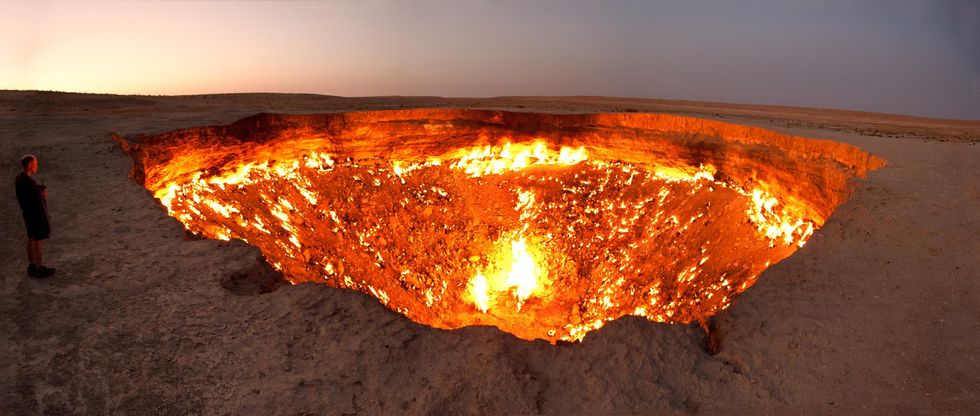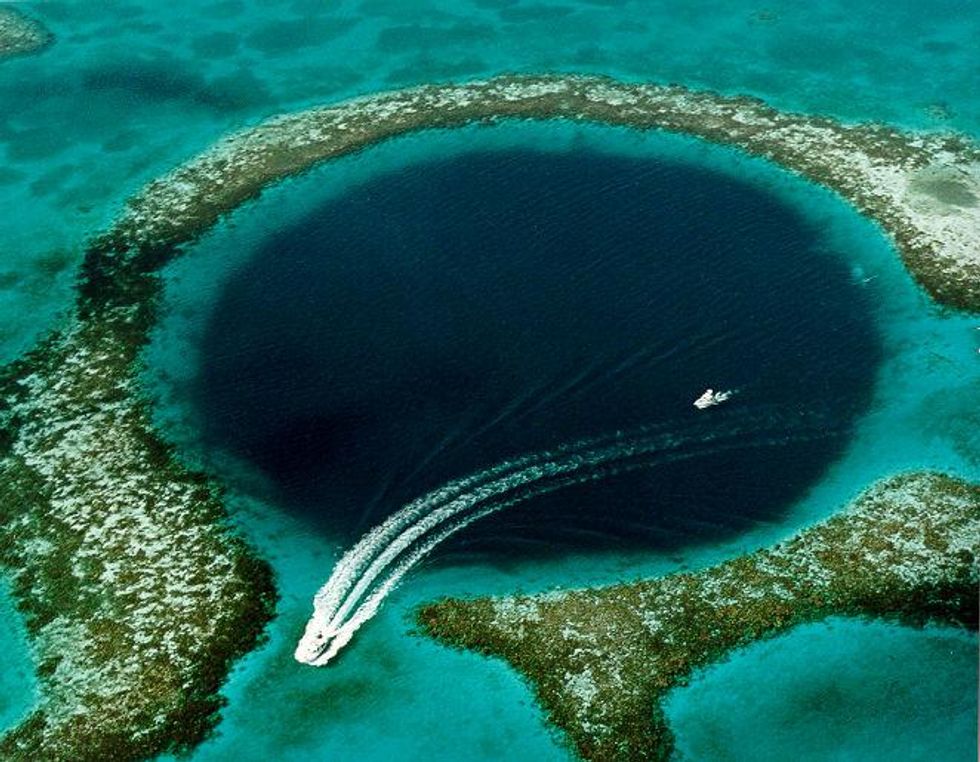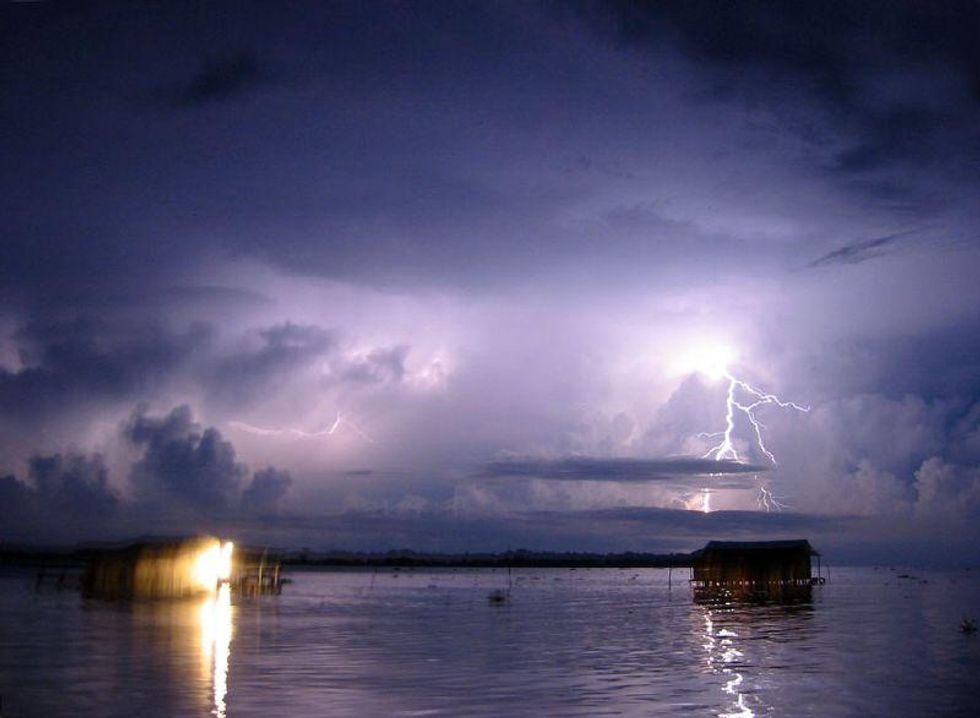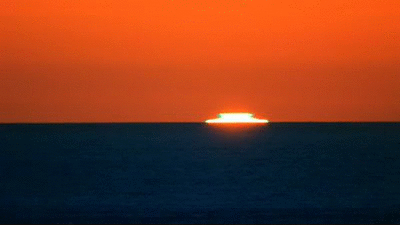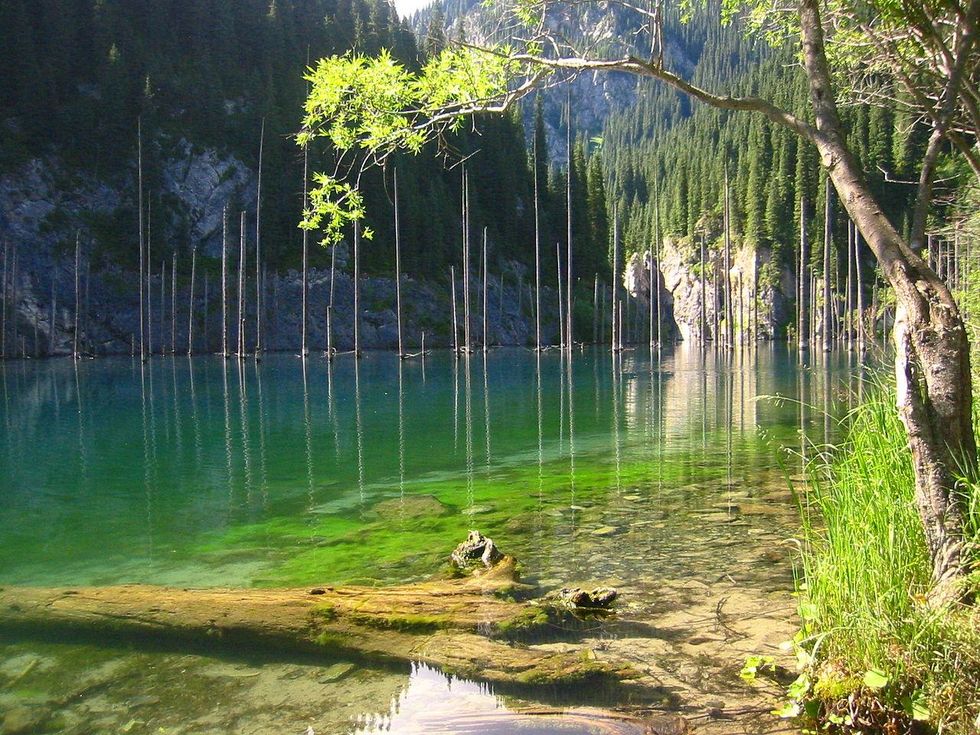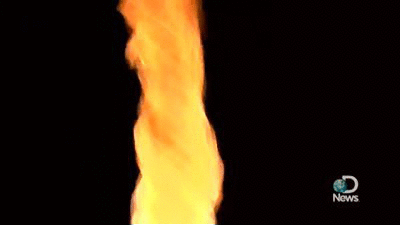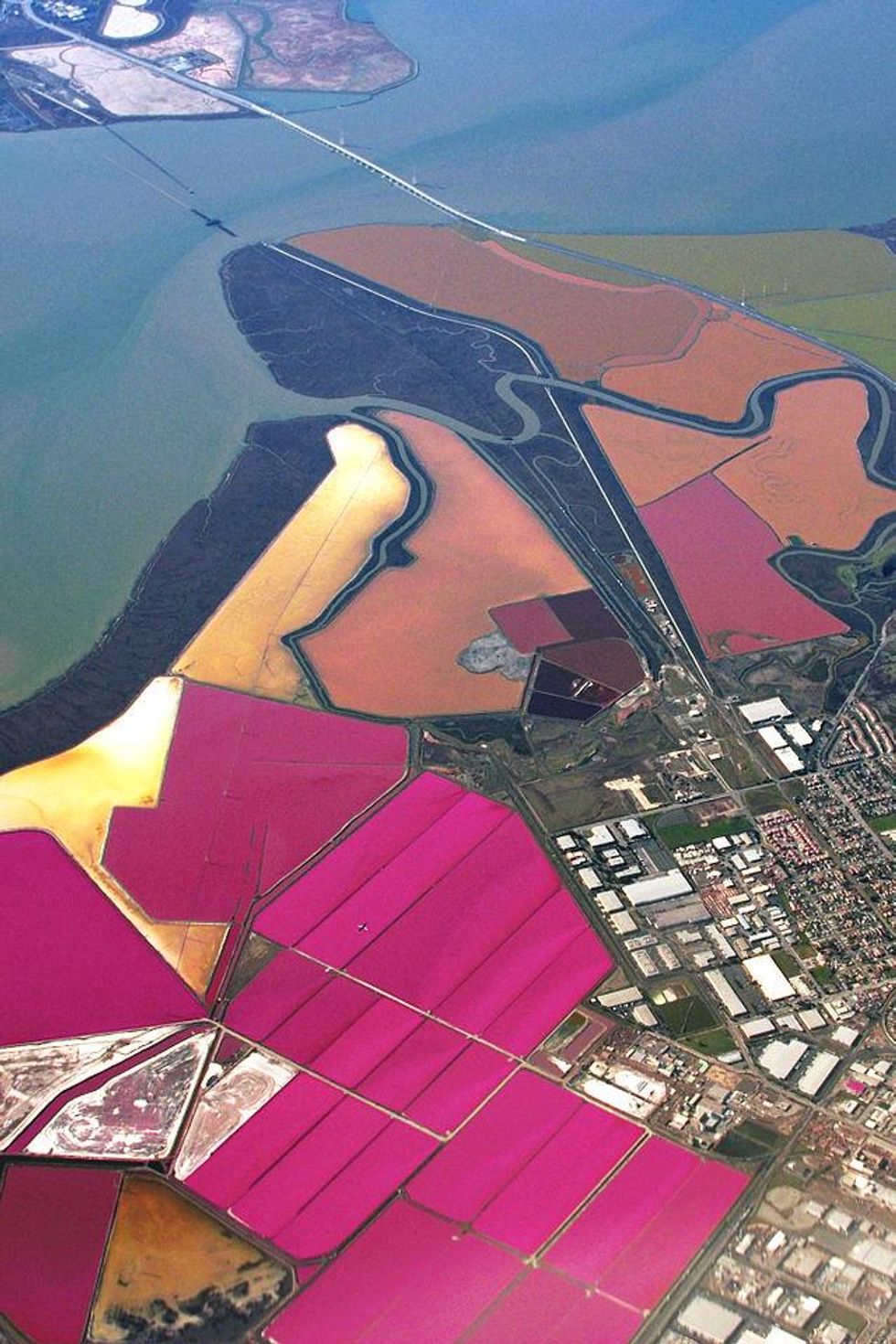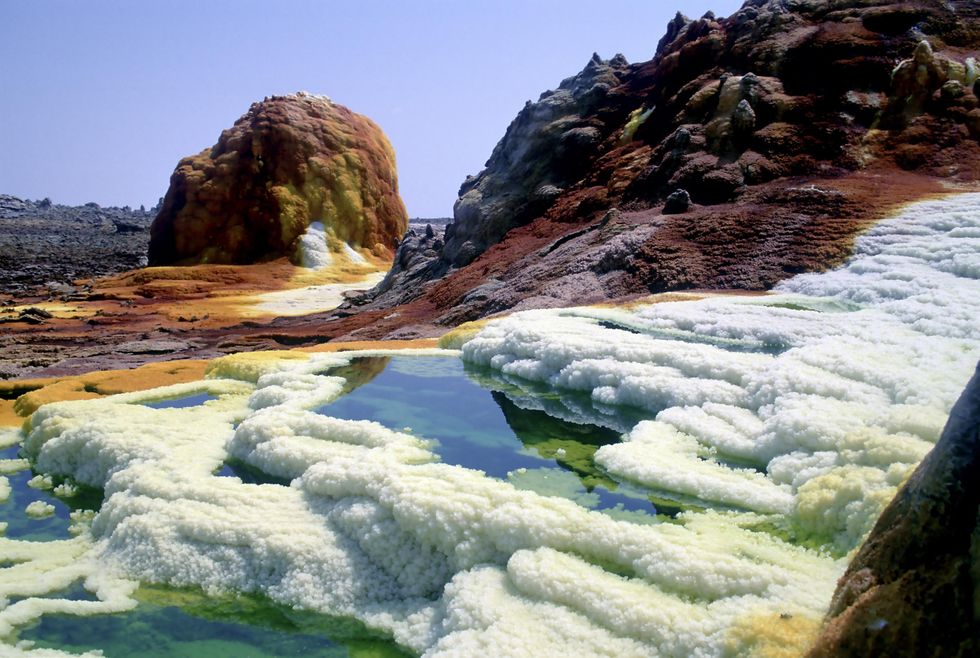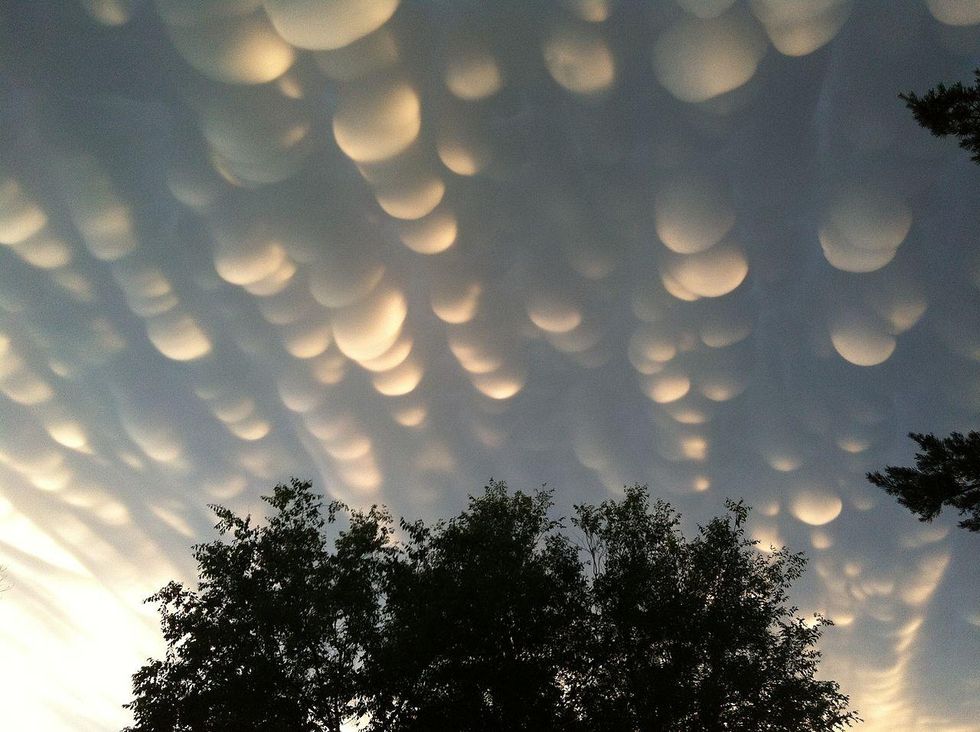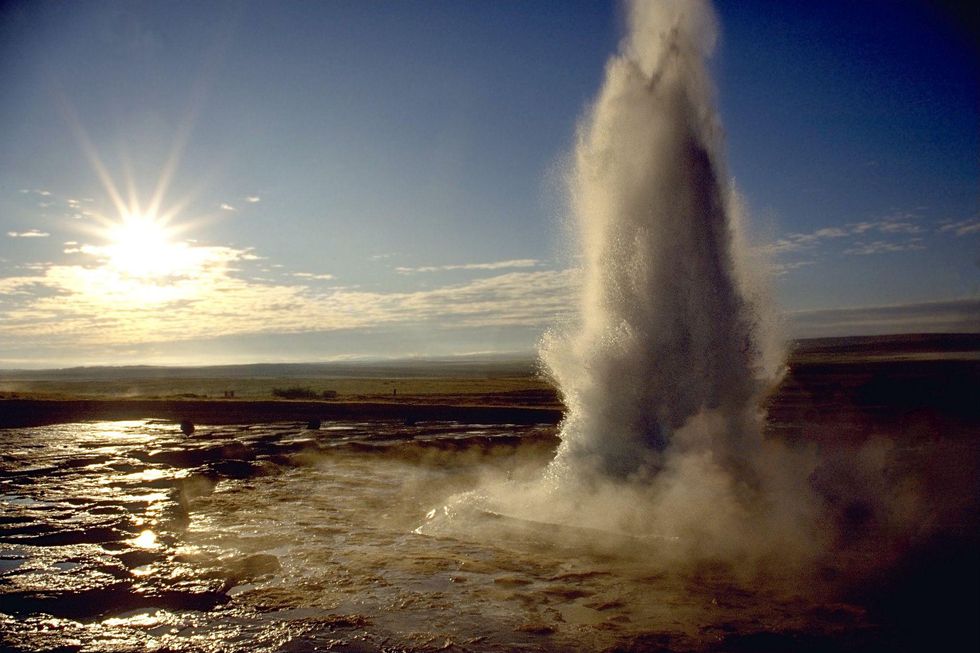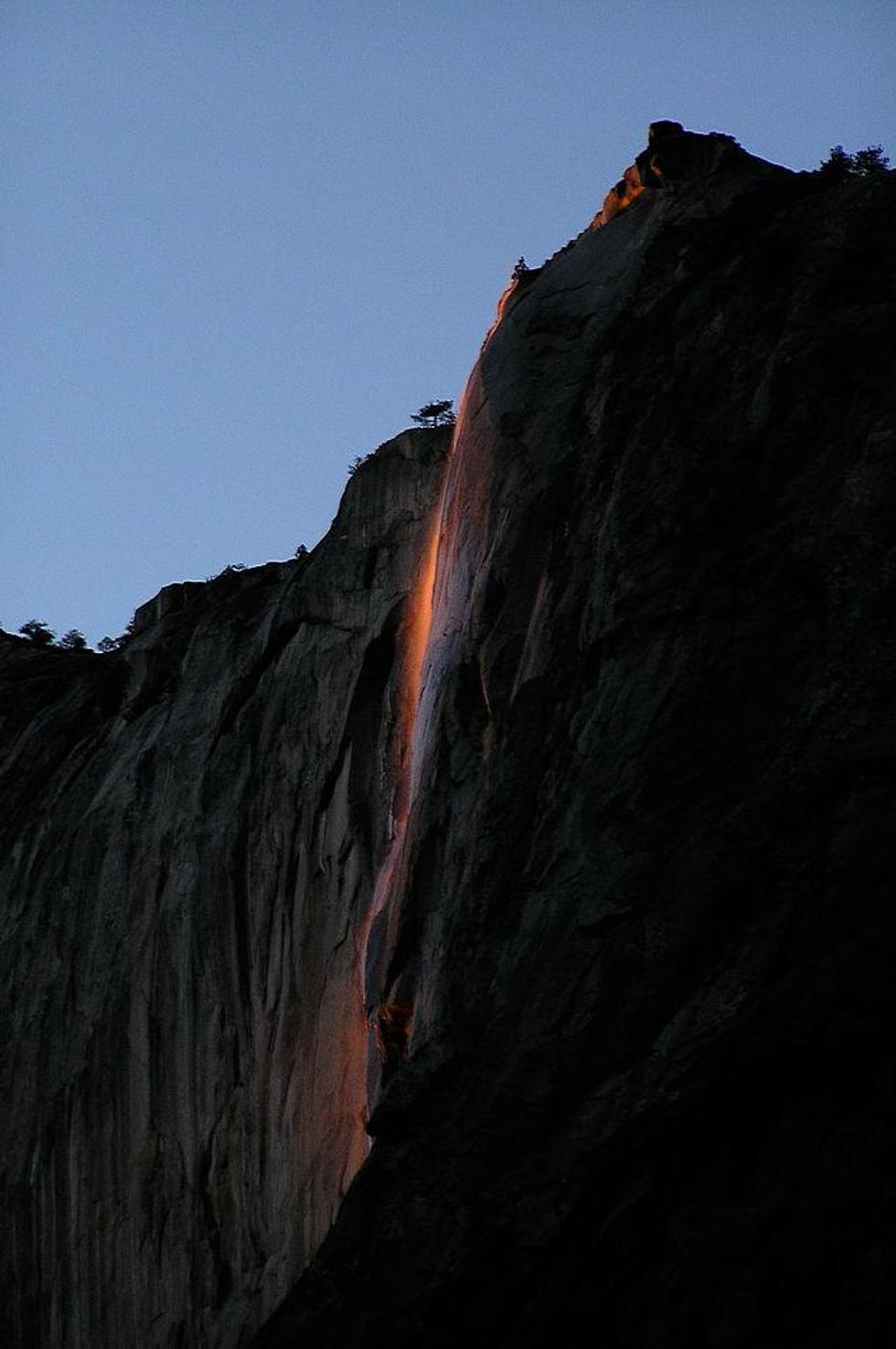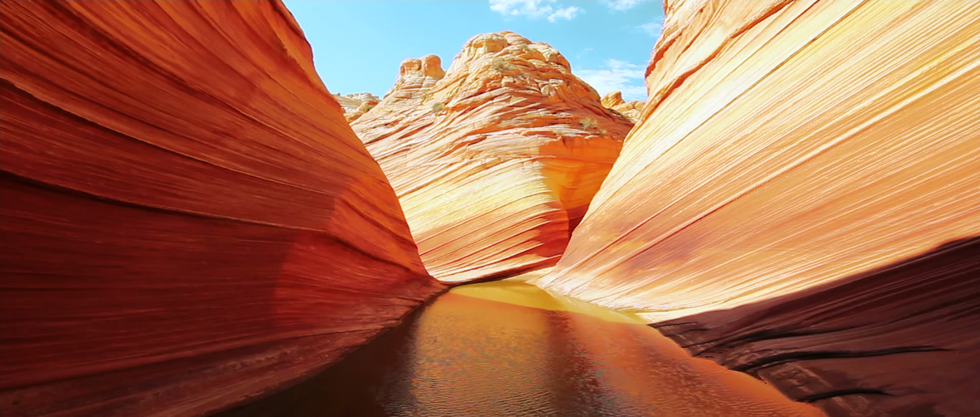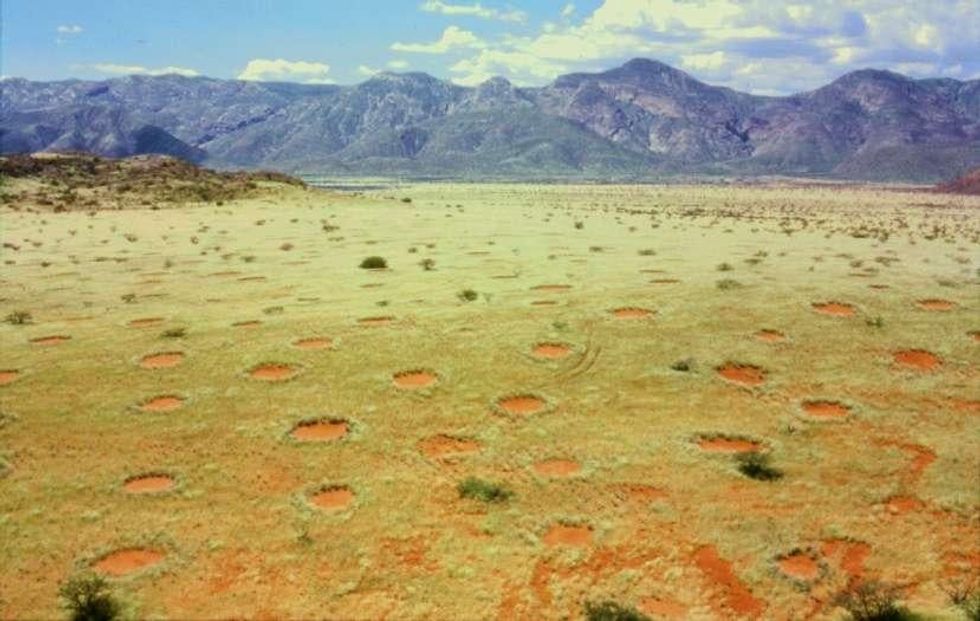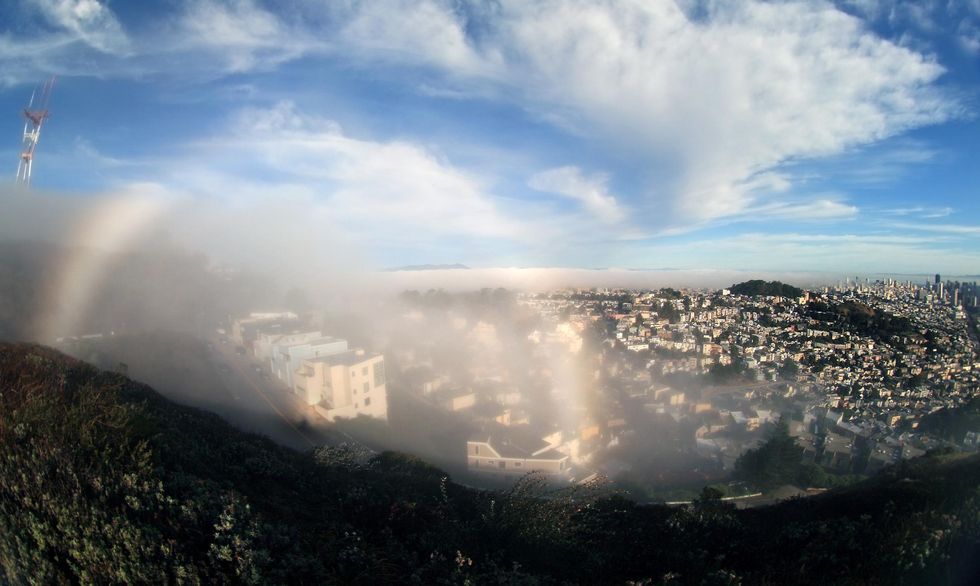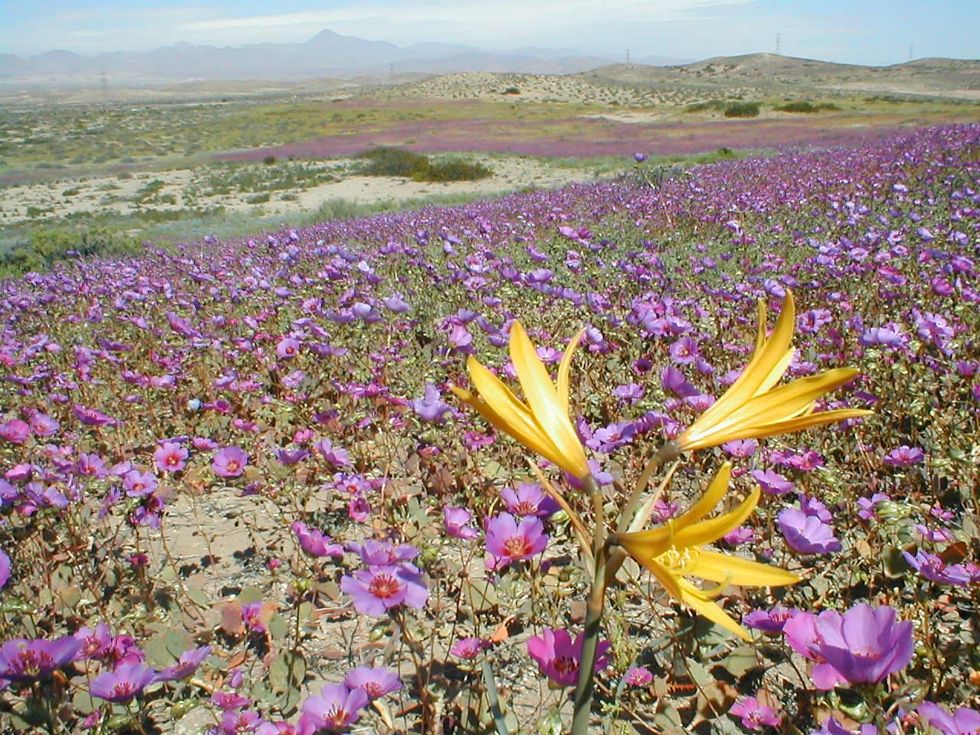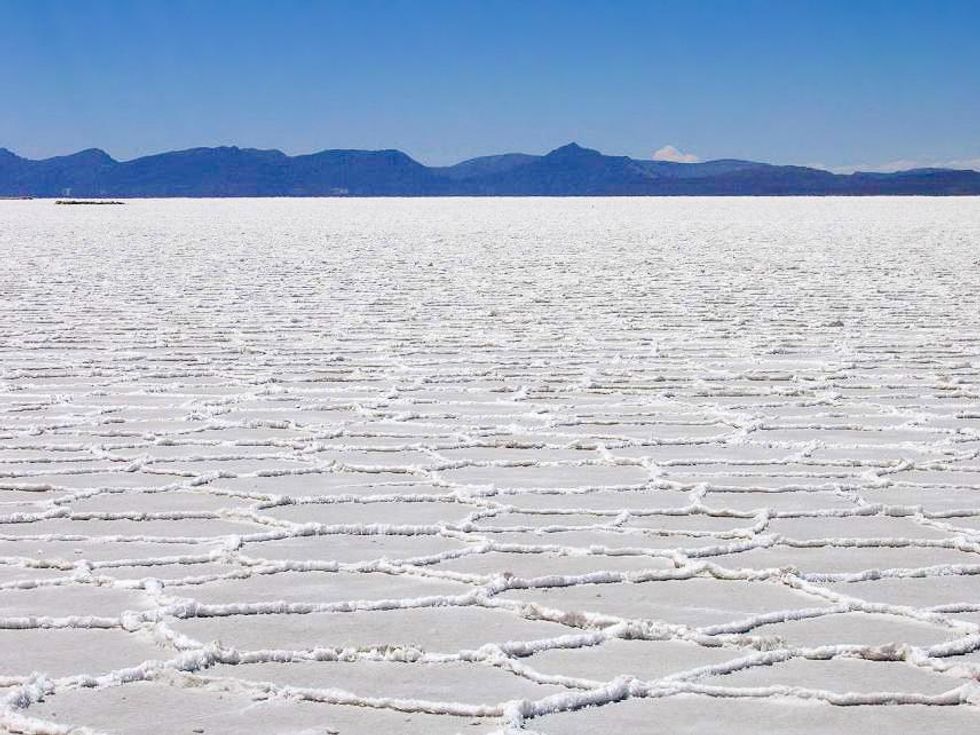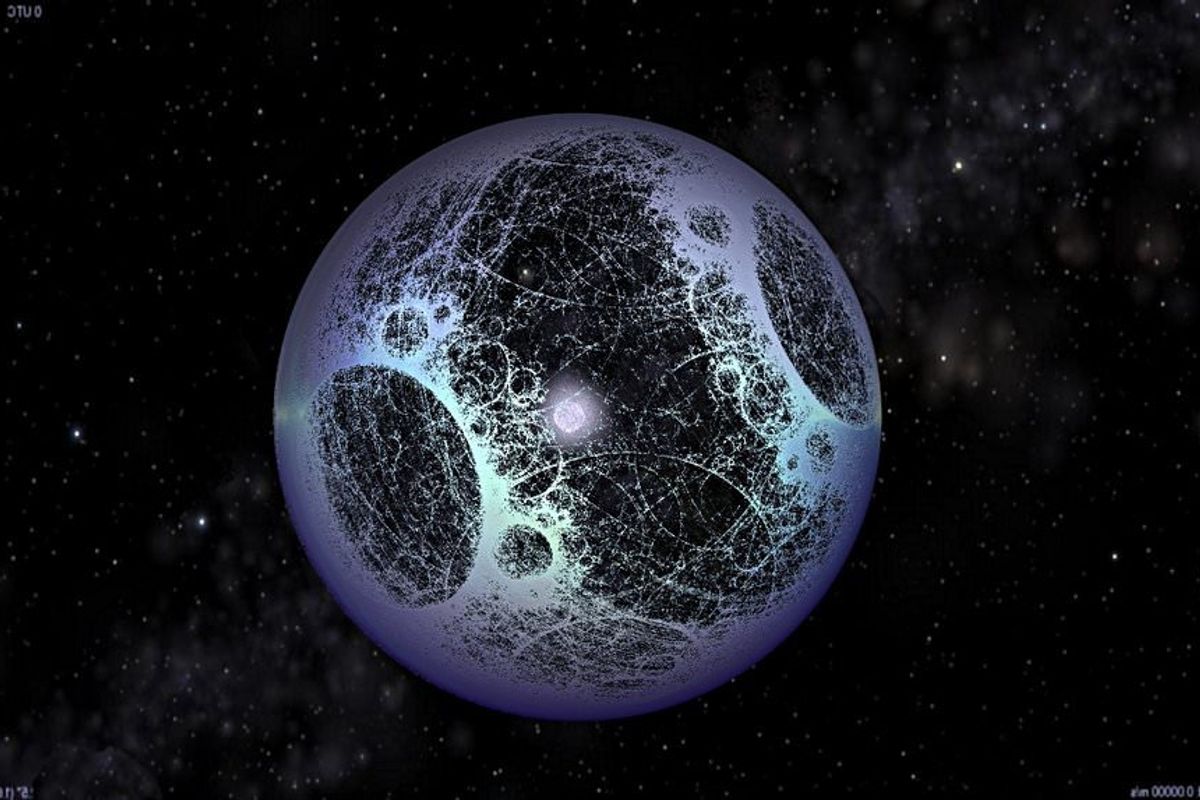Viral
Dina Rickman
Aug 18, 2014
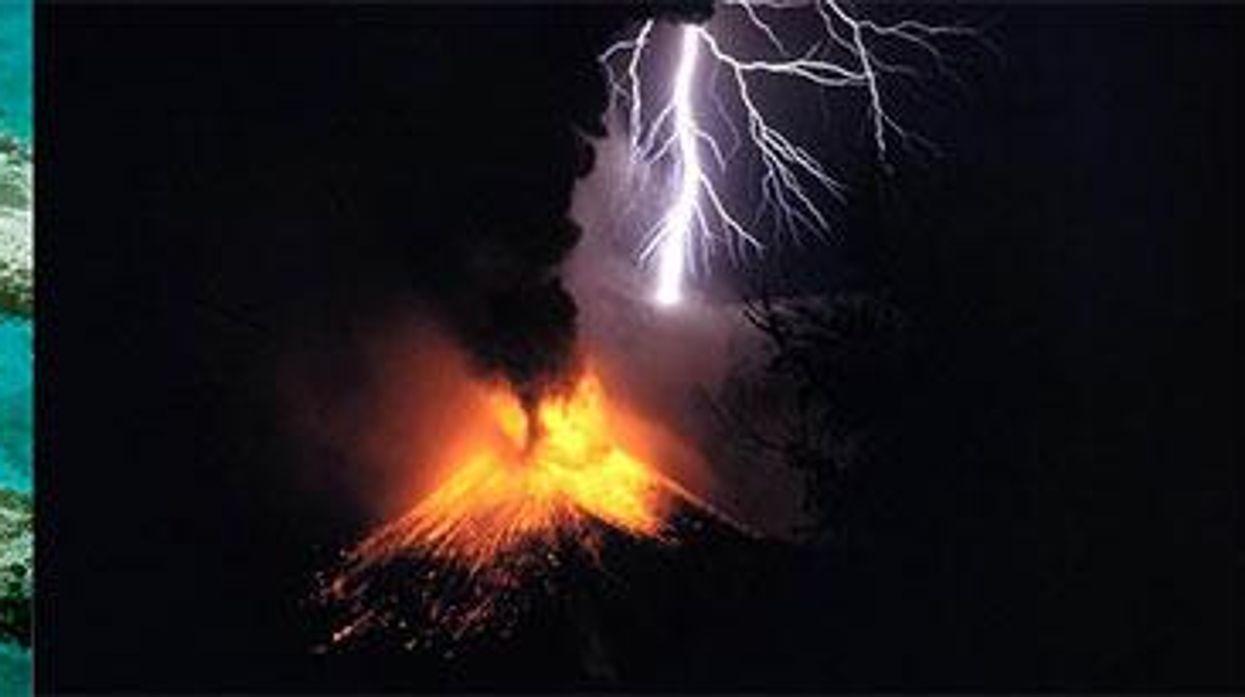
Some are location-specific, others are just rare phenomena. But they all have on thing in common - being marvellous . We're sorry, nature. We take it all back.
1. Dirty thunderstorms
A dirty thunderstorm is a rare weather event where lightning is produced from a volcanic plume, as seen in this picture of the Indonesian volcano Mount Rinjani.
2. Yemen's Socrota Island
The Island of Socrota in the Indian Ocean is so isolated that a third of its plant life cannot be found anywhere else on earth. Its native dragon blood tree, pictured above, is so-called because it produces a dark red resin.
3. Turkmenistan's door to hell
This natural gas fire in Derweze, Turkmenistan has been burning for nearly half a century. It was lit by Soviet scientists in 1971, on the expectation that it would burn out within a few weeks.
4. Belize's great blue hole
In 2012 the Discovery Channel ranked this 300m wide, 124m deep sinkhole off the coast of Belize as number one in its list of the most amazing places on earth.
5. Venezuela's everlasting storm
Storms have been raging above Lake Maracaibo, Venezuela for up to 160 nights a year, every year, for centuries. The unique weather phenomenon is visible from almost 250 miles away.
6. Green sunsets
Sunrises or sunsets with a green flash, such as this one in California, occur when the atmosphere causes the light from the sun to separate out into different colours.
7. Kazakhstan's underwater forest
An enormous landslide in 1911 formed the dam which trapped this forest in south-east Kazakhstan underwater. Lake Kaindy is more than 2,000m above the sea level and the water is so cold that the drowned trees have been preserved.
8. Fire devils
Also known as fire tornadoes, these occur when intense heat combines with rotating air. They typically only last a few minutes.
9. Red lakes
These salt-heavy ponds in San Francisco appear red because of the strong presence of algae - a similar phenomenon occurs in Australia's Lake Hillier.
10. China's Danxia landforms
The Danxia landforms are various colourful landscapes cased by red coloured sandstone formations in China.
11. Norway's northern lights
The northern lights, or aurora boreali, occur when electrically charged particles from the Sun hit the earth’s atmosphere.
12. Ethiopia's Dallol volcano
The Dallol volcano in Danakil, an area of Ethiopia known for its extreme conditions, is surrounded by sulfur, salt and other minerals.
13. Mammatus clouds
These unusual clouds develop when smaller pouches of rain and ice form and hang underneath the base of bigger clouds.
14. Geysers
Geysers form when water heated to boiling point by magma underground rises up to the surface, resulting in steam spraying out. Most of the world’s geysers are found in Iceland (the picture above shows the country's Strokkur geyser), the US, Russia, Chile and New Zealand.
15. California's glowing waterfall
As the sun sets on Horsetail waterfall, in California’s Yosemite national park, it appears to glow orange and red - a phenomenon known as the “firefall”.
16. Rainbow trees
These eucalyptus trees shed their bark at different times throughout the year, with the inner bark maturing into shades of orange, blue and maroon - hence the "rainbow" nickname.
17. Fumaroles
Fumaroles are vents which emit steam and gases from the volcanoes into the air - this pictures shows one in Alaska's Fourpeaked volcano.
18. Arizona's wave
A unique sandstone rock formation in Arizona that can only be reached by foot. Hikers refer to it the "Sistine chapel of rock".
19. Namibia's fairy circles
Fairy circles are patches of land encircled by a ring of grass. Scientists believe termites are responsible for the way the grass forms.
20. Blue ice
Blue ice forms when snow becomes part of a glacier and allows air bubbles trapped in the ice to be squeezed out, making the ice clear, which means it reflects the sea, such as in Jökulsárlón, Iceland.
21. White rainbows
White rainbows - like this one in San Francisco - are formed from fog, rather than rain. Because the size of water droplets that cause fog are smaller than rain, a "fogbow" appears to be white.
22. Chile's flowering desert
Flowers will bloom in Chile's Atacama Desert between September and November during years when rainfall is unusually high. The event is related to the El Niño phenomenon.
23. Boliva's salt flats
Boliva's Salar de Uyuni is the world’s largest salt flat at 4,086 square miles wide.
24. Snow doughnuts
Snow doughnuts form when large snowballs are blown along the ground, picking up chunks of snow as they move.
Top 100
The Conversation (0)
